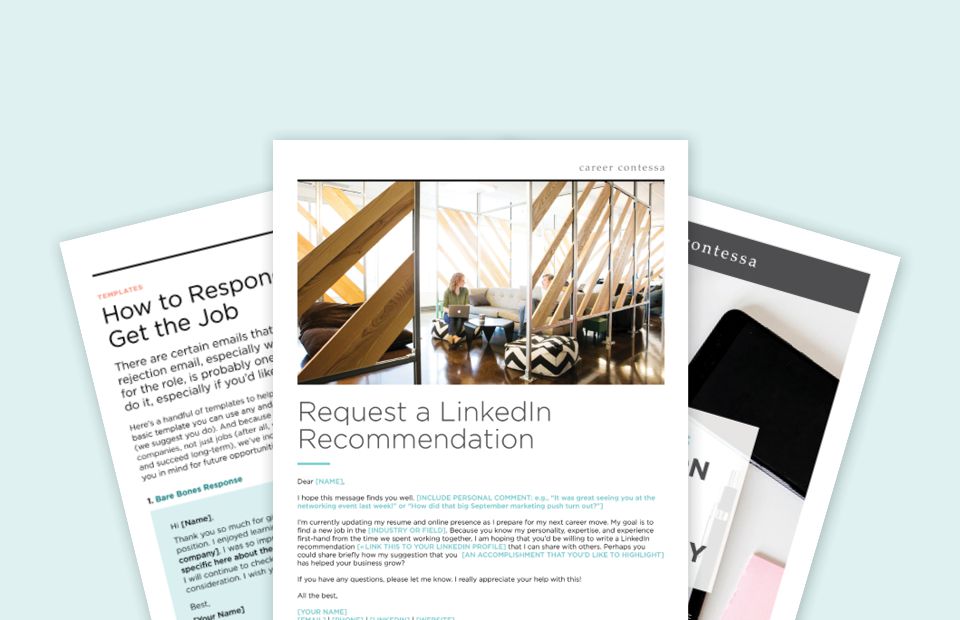What's the difference between describing someone as "bossy" and describing someone as "commanding"? It might depend on who you are talking about.
Learning to use gender-inclusive language is one way we can tackle
unconscious gender bias and promote diversity in our workplaces. Whether we’re working on a presentation, staff performance review, or job advert, the language we use at work can empower our colleagues and applicants to reach their highest potential, and help us to build more
diverse and successful teams.
Gendered language matters because the words we use about ourselves and each other not only
communicate our values to the world, they also have the power to shape how we think and behave.
What is gendered language?
Gendered language is the use of words or phrases that involve assumptions about gender-based characteristics or a bias towards one sex.
Some languages, such as French and Russian, have gendered nouns, assigning gender to inanimate objects and concepts as well as people. Other languages, like Finnish and Swahili, don’t even have gender pronouns, and so are considered “gender-neutral” languages.
While English doesn’t technically have grammatical gender beyond personal pronouns, it still carries a lot of inherited gender bias baggage.
Firstly, there’s the tradition of using male pronouns to refer to a mixed-gender group (for example “mankind,” or using “he” by default when talking about an unspecific person who could be male or female), which implies that men are prototypical humans.
Then there are all the words that assume or over-emphasize the gender of a certain profession or position (such as “chairman,” “policeman,” “female pilot”), as well as words that hold feminine or masculine associations and are used in ways that perpetuate these associations (think of the way
“bossy” is disproportionately used to describe girls and women).
If you’re in any doubt about the impact of gendered language, consider this: in 2018,
a study by the World Bank reported that the percentage of women in the workforce tends to be lower in geographical regions where people speak gendered languages. The researchers also discovered that people who speak gendered languages are more likely to agree with statements such as “On the whole, men make better business executives than women do” or “When jobs are scarce, men should have more right to a job than women.”
Examples of sexist language that perpetuates gender bias at work
Sexist or gender-biased language in the English language can fall into several categories:
- Assumptions of "normal" gender roles. These are words and phrases that express assumptions about what “normal” gender roles should be (known as “false generics” in linguistics). For example: “male nurse,” “female CEO,” “working mother,” “chairman,” “businessman.”
- The centering of men as the prototypical person. This looks like words and phrases that center men as the normal or prototypical human. Research shows that when we use “mankind,” “manmade,” or simply “man” to refer a group of people (that is meant to also include women), we naturally picture men rather than women. For example, the phrase “when man discovered fire” brings to mind an image of a male. This has the effect of subtly minimizing women’s contribution to society throughout history on a collective subconscious level.
- Language that presumes inherently masculine or feminine characteristics. This is language that makes assumptions about certain characteristics being inherently masculine or feminine, perpetuating the idea that women are (or should be) emotionally driven and community-focused while men are strong, competent, and competitive.
- Patronizing language (typically directed toward women). This is the use of language that patronizes and belittles female contributions. An example of this would be a male colleague calling a female colleague “dear” or “sweetheart,” or telling a woman who’s getting fired up about something to “calm down,” implying that passion and strong convictions are irrational in women when they likely wouldn’t be perceived that way in a man.
- Phrases that align negative attributes with women. These are common phrases that associate negative attributes with women. For example: “negative Nancy” and “Debbie downer."
It’s particularly important to make sure you’re using gender-inclusive language in job descriptions. Research shows that significantly fewer women apply for jobs that have been described in terms that are biased towards male applicants, whether that’s because a male pronoun was used to refer to potential applicants or because words with typically male associations like “driven” and “competitive” are used liberally in the job description.
Another place gendered language can have a significant impact on gender equality in the workplace is in staff evaluations and feedback. It’s important to be really careful that you’re using the same level of detail and consistent language for everyone on the team, because r
esearch has found that language evaluating women in the workplace tends to be more abstract compared to feedback for men (for example: “he didn’t complete the project on time” vs. “she isn’t a timely person”).
This abstraction is unhelpful because it doesn’t provide the employee or candidate in question with the knowledge they need to grow and improve. Plus, it implies that the problem is broader and harder to change for the woman described than it is for the man who has been evaluated in more specific terms.
How to use gender-inclusive language in the workplace
Developing a habit of
using gender-inclusive language may feel overwhelming at first, but with practice it will quickly become second-nature. Here are some general pointers to help you communicate with your colleagues in an inclusive way:
In cases where someone’s gender is unknown or you’re talking in general terms, you can use the neutral pronoun “one” or “they” instead of “he or she” (it has the added benefit of sounding less clumsy, too).
The United Nations has some helpful guidelines for using inclusive language, and they point out that you only need to make gender visible in your communication when it’s relevant (for example, when data concerns women specifically), so as not to draw attention to gender or put too much weight on it where it isn’t relevant.
Use gender-neutral alternatives for words. For example:
- Instead of “chairman,” use “chair” or “chairperson”
- Instead of “spokesman,” use “spokesperson”
- Instead of “manpower,” use “staffing” or “workforce”
- Instead of “manmade,” use “artificial”
- Instead of “guys,” use “team” or “everyone”
- Instead of “mankind,” use “humankind” or “humanity”
Above all, make sure you’re consistent in the language you use to describe and address colleagues and employees; there’s so much room for unconscious bias to creep in. It can be a really interesting exercise to watch the language that you use to notice if you’re letting any assumptions or stereotypes influence your word choices.
The language we use has an impact on the diversity of the teams we surround ourselves with, and
research shows that being in contact with people who are different from us makes us smarter, more creative, and better problem-solvers. Ultimately, gender-inclusive language empowers everyone involved, giving us space to be the full and complex humans we all are.
When thinking about the language that we use at work, it’s also important to be culturally sensitive, and remember that we don’t all have the same backgrounds and associations with words. When advocating for “
viewpoint diversity” (where different beliefs can co-exist in a constructive relationship), psychologist Jonathan Haidt recommends approaching colleagues with “generosity of spirit;” encouraging the development of an open and compassionate work culture is key for a healthy and productive exchange of ideas.
Language is both highly personal and also communal, and communication problems will undoubtedly crop up even in the best teams. If we can foster a company culture that
encourages respect and
careful listening, we’ll be able to grow and learn together.












